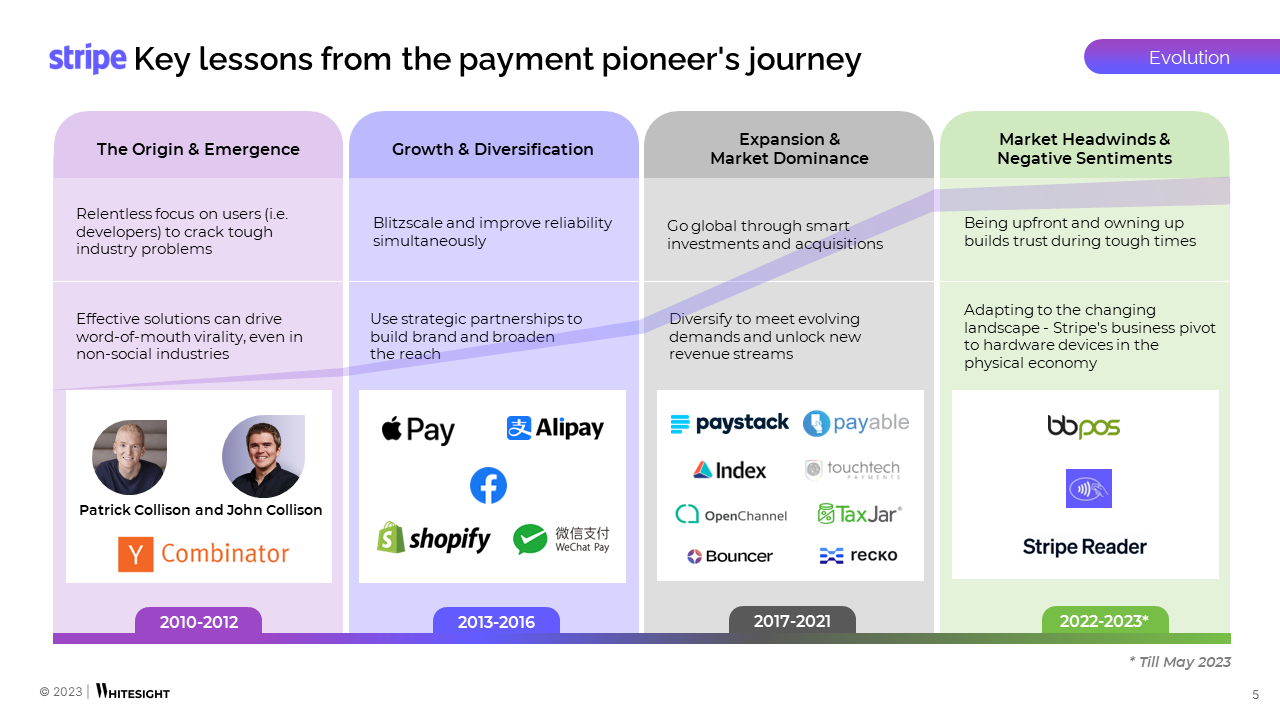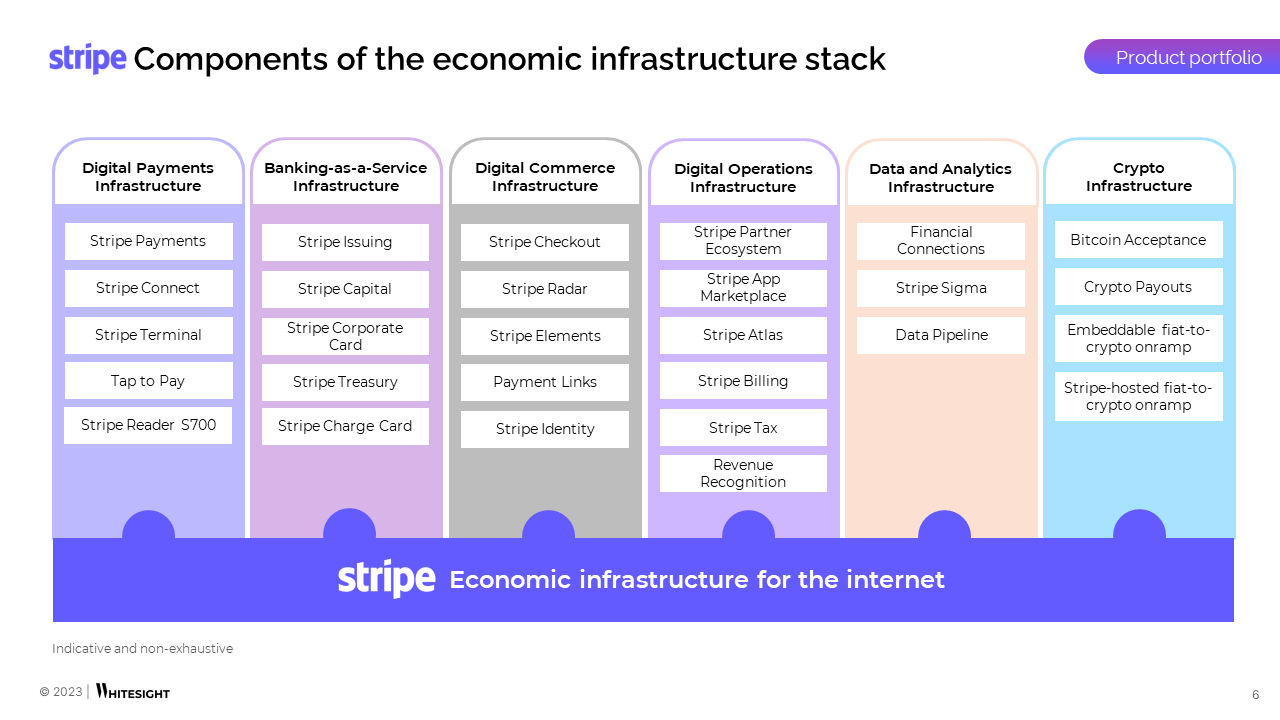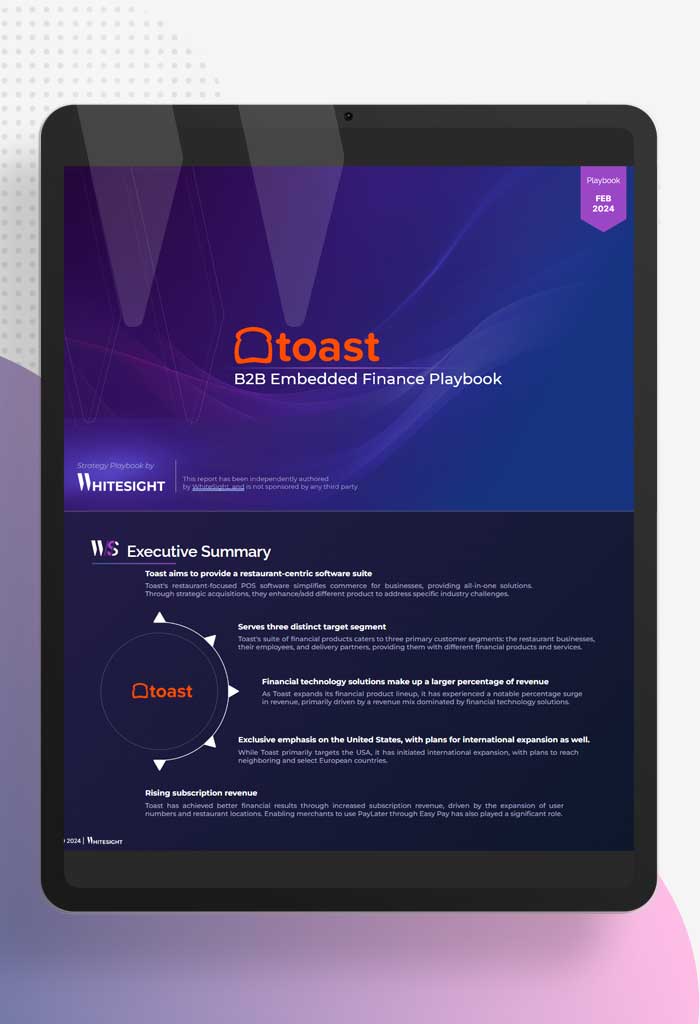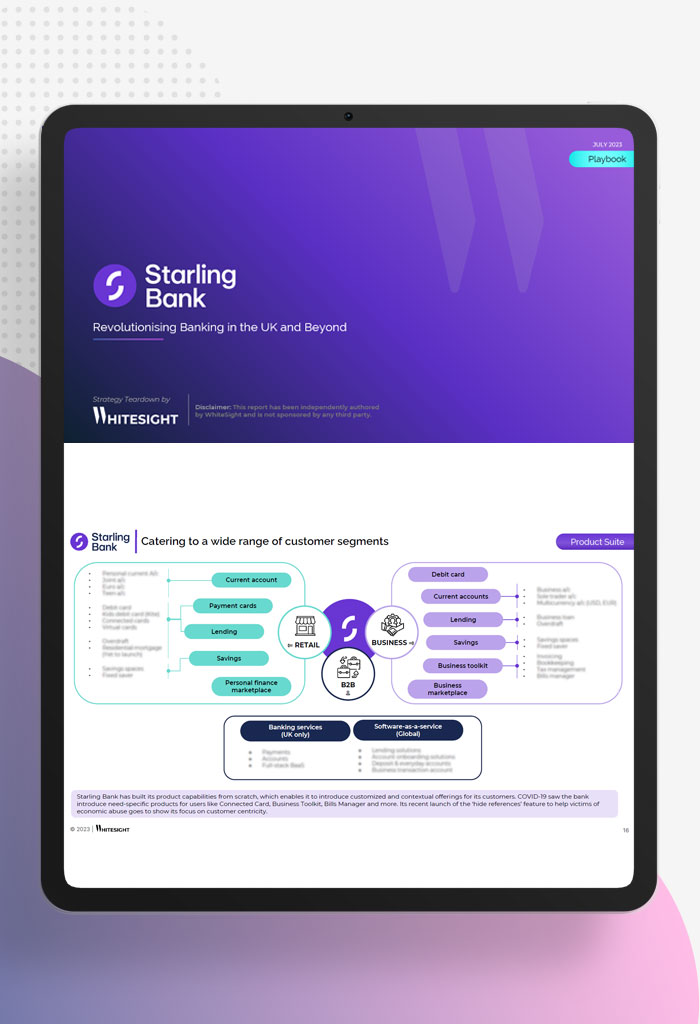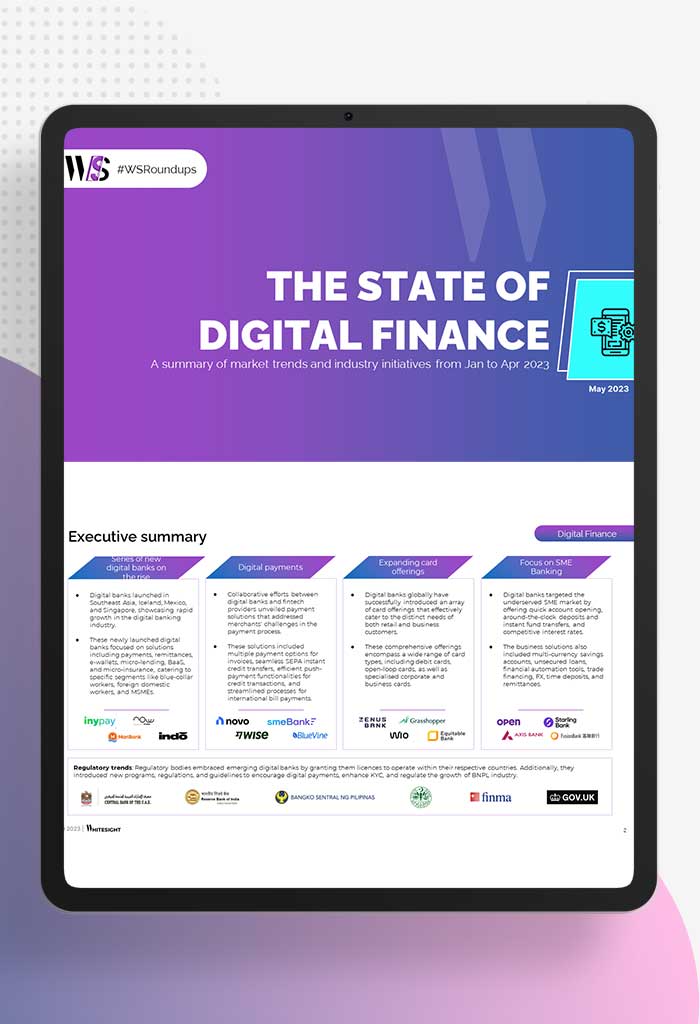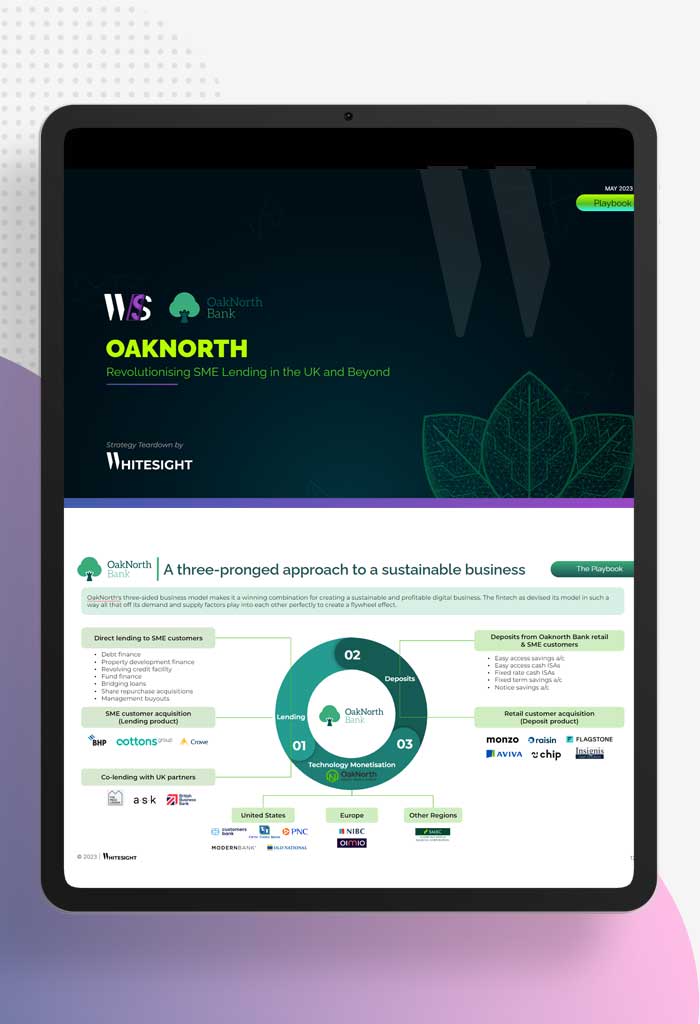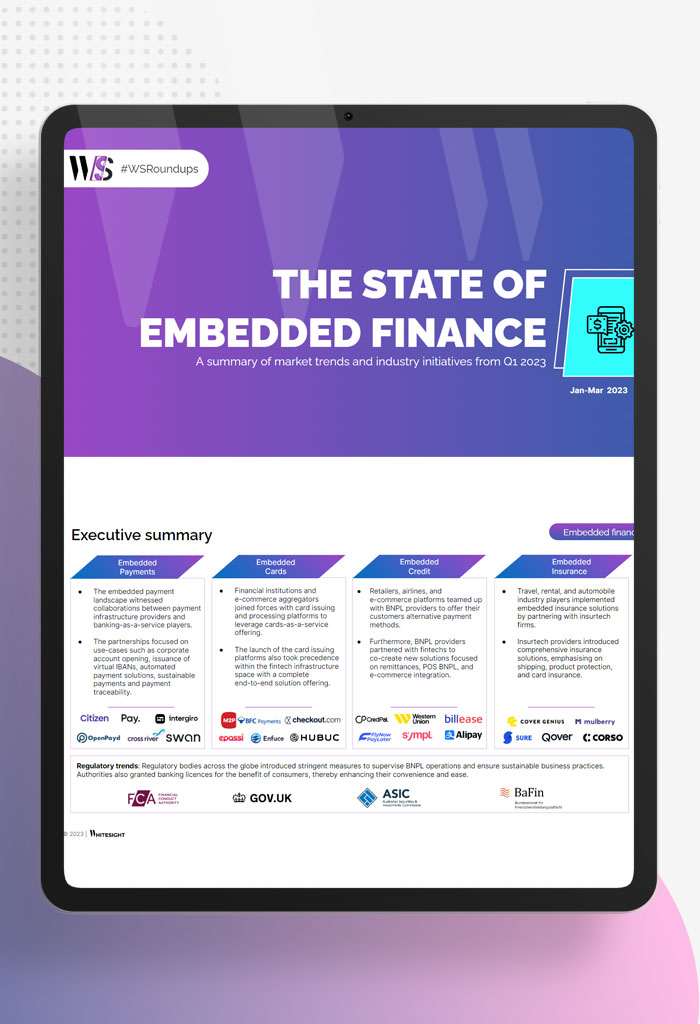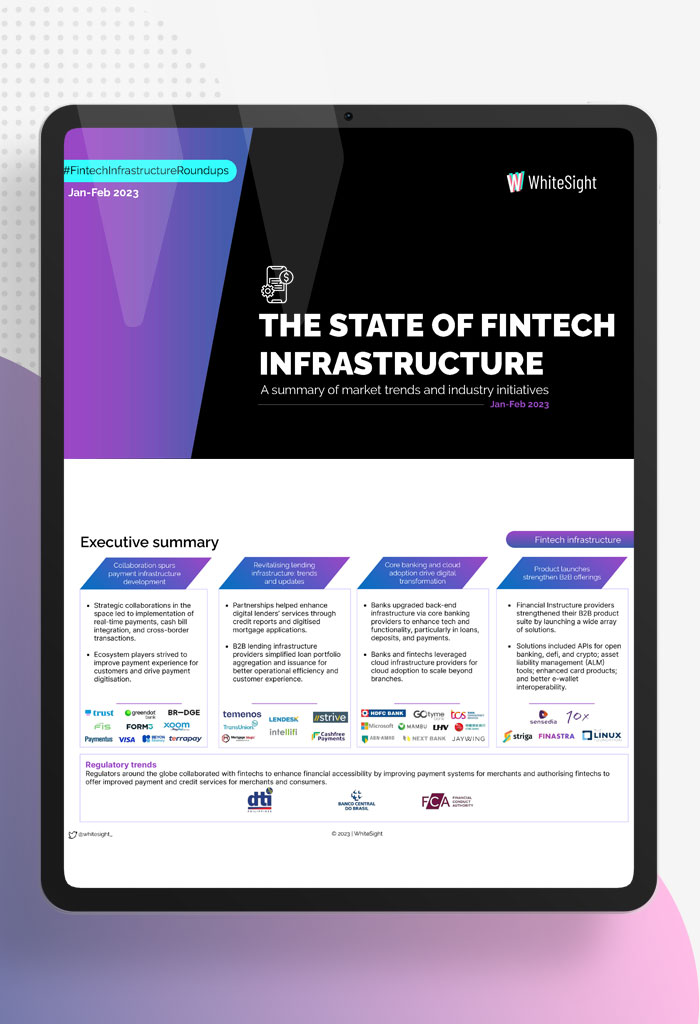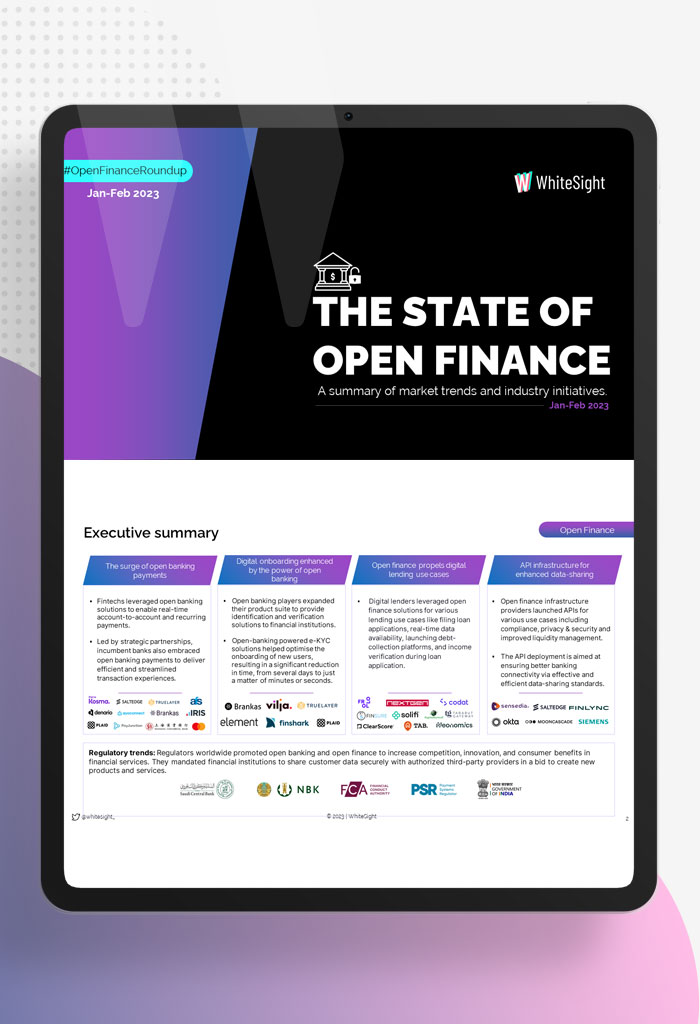Stripe’s Economic Infrastructure Playbook
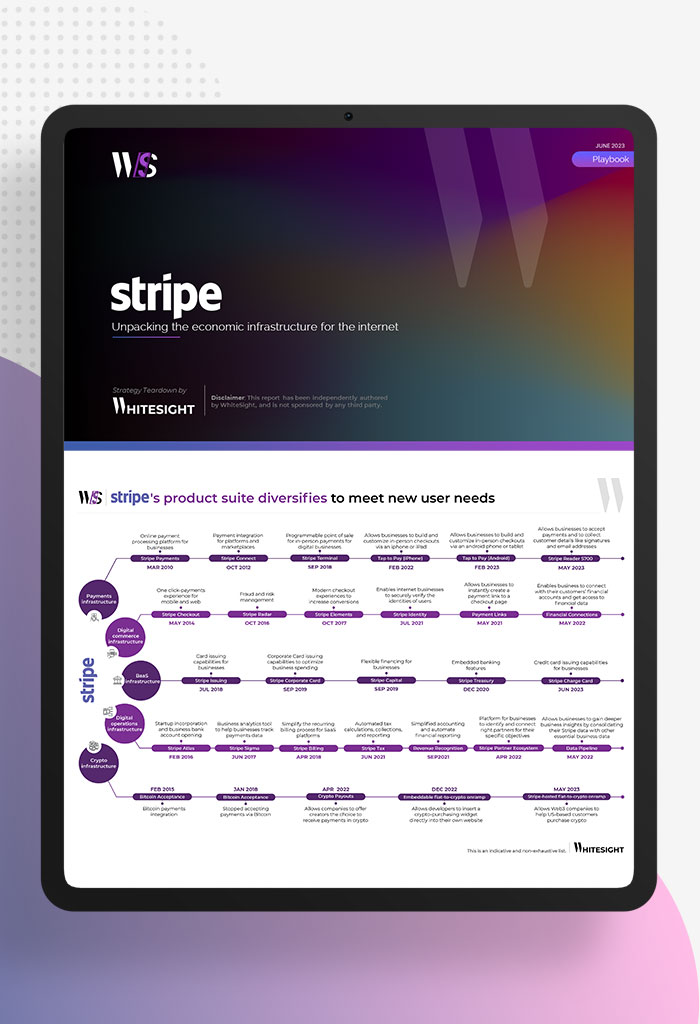
June 12, 2023
Stripe’s Economic Infrastructure Playbook
Stripe is leading the fintech revolution, empowering a diverse range of businesses globally. Discover the tactics fueling Stripe’s fintech success in our 50-page report. Unravel their strategy including bets on creators’ economy, omnichannel commerce, digital assets & web3, embedded finance, and Generative AI.
$99
Description
Key takeaways from the report:
- A deep-dive into Stripe’s strategic bets on the burgeoning creators’ economy, empowering individual creativity with powerful commerce tools.
- An exploration of Stripe’s embrace of omnichannel commerce, enabling seamless transactions across various digital platforms.
- Unpacking Stripe’s interests and forays into the digital assets & web3, charting the new frontier in decentralized finance.
- Detailed examination of Stripe’s focus on embedded finance, integrating financial services into non-financial applications.
- An analysis of Stripe’s investment in Generative AI, pushing the boundaries of automated learning and predictive technology.
Already a subscriber? Log in to Access
Radar Subscription Plan
Radar Subscription PlanYour perfect fintech research companion – select a package that aligns with your aspiration
Not Ready to Subscribe?
Begin your fintech adventure free of charge-set forth with our complimentary offering.
Related Reports
Toast is revolutionising the restaurant sector by integrating financial services seamlessly into its restaurant management and Point of…
Dive into how Open Banking is shaking things up in the MENA region’s financial scene. It’s all about sparking collaboration…
Explore the journey of Starling Bank, a digital disruptor in the UK banking industry. With over 3.6 million…
Stripe is leading the fintech revolution, empowering a diverse range of businesses globally. Discover the tactics fueling Stripe’s…
Explore Revolut’s extraordinary growth, its journey towards obtaining a banking licence in the UK, the challenges encountered, and…
WhiteSight delves into the dynamic world of digital finance, bringing you an update from January to April 2023. We examine…
Explore OakNorth’s blueprint for building a tech-first bank that caters to the SME powerhouses of the UK. The…
Since the inception of Apple Pay in 2014, Apple has been at the forefront of bigtechs exploring the…
WhiteSight joins forces with Toqio to delve into the heart of the Banking-as-a-Service (BaaS) market in the UK and Europe,…
Embedded finance is experiencing an unprecedented surge in availability across multiple consumer touchpoints, enabling businesses to offer enhanced customer experiences…
With the world rapidly evolving and adopting new trends along the way, customers demand innovative products like never before, while…
The financial industry started the new year with the groundbreaking approach of open finance – an innovative paradigm that has…




